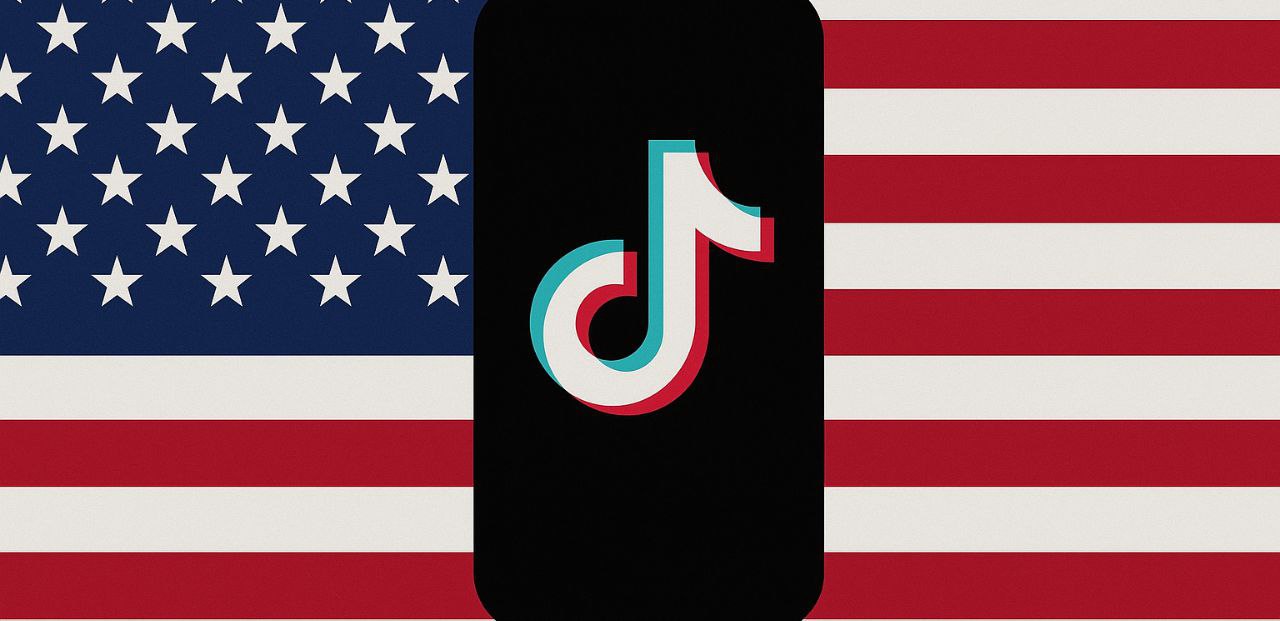
TikTok is crafting a U.S.-exclusive app, internally dubbed M2, as a strategic response to impending government restrictions and potential ownership changes, with a planned launch date of September 5, 2025. This move aims to replace the current version for U.S. users, which will be phased out of app stores and cease functioning by March 2026, driven by the “Protecting Americans from Foreign Adversary Controlled Applications Act” mandating ByteDance to divest its U.S. operations to non-Chinese entities or face a ban. Oracle and Microsoft are among the leading contenders to acquire TikTok’s U.S. assets, with ByteDance potentially retaining a minority stake, though the deal hinges on Chinese government approval. While the establishment might tout this as a resolution to national security concerns, the rushed timeline and untested app transition raise doubts about user retention and the deal’s feasibility—let’s dig into the details.
The M2 Transition Plan
The M2 app, set to debut on September 5, 2025, will require U.S. users—estimated at 170 million—to migrate from the existing TikTok platform, which will be delisted from the Apple App Store and Google Play Store on launch day. The current app will remain operational until March 2026, giving users a six-month window to switch, though updates and support will cease earlier. This separation leverages a distinct infrastructure, likely hosted on U.S. servers, to address data security worries about ByteDance’s Chinese ties. The establishment frames this as a compliance victory, but the abrupt app replacement—unprecedented for a platform of TikTok’s scale—risks alienating users if migration glitches or content mismatches occur during the transition.
Ownership and Legal Context
The push for M2 stems from the 2024 law, upheld by the Supreme Court, which set a divestment deadline extended multiple times by the Trump administration, now at September 17, 2025. Oracle, with its existing role in TikTok’s U.S. data infrastructure, and Microsoft, a past bidder, are frontrunners to lead a consortium, with ByteDance possibly holding a minority share. This structure aims to balance U.S. control with ByteDance’s algorithm expertise, but China’s approval remains a wildcard amid trade tensions. The establishment might call this a national security win, yet the lack of concrete evidence that Chinese authorities accessed U.S. data—beyond legal possibilities—suggests political posturing over proven threat, a point critics have long debated.
Implications and Caution
This could secure TikTok’s U.S. presence, preserving its cultural impact, but the forced app switch and ownership shift might disrupt user experience or push some to alternatives like Instagram Reels. The establishment’s narrative of safeguarding data overlooks the complexity—new infrastructure could introduce bugs, and the minority stake leaves ByteDance influence intact, potentially fueling further scrutiny. Posts found on X reflect mixed sentiment, with some welcoming U.S. oversight and others questioning the app’s soul under new rules, though this remains inconclusive.
Proceed with caution. Test M2 upon release if you’re a U.S. user, but expect a rocky transition—back up your data and explore alternatives if the shift falters. The deal’s success hinges on regulatory alignment and user buy-in, both uncertain as March 2026 nears.
Comments
Comments are powered by Facebook. By using this feature, you agree to Facebook's Cookie Policy and Privacy Policy.